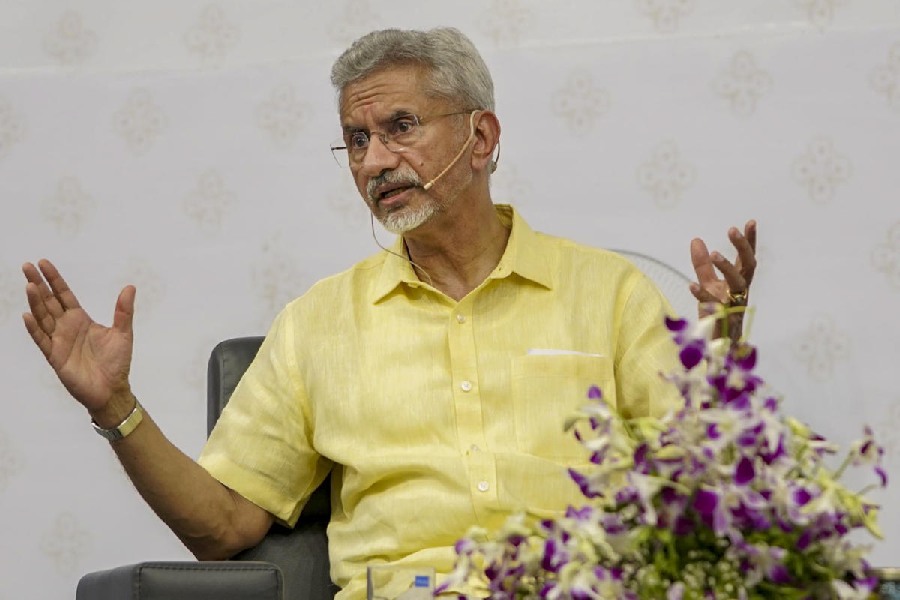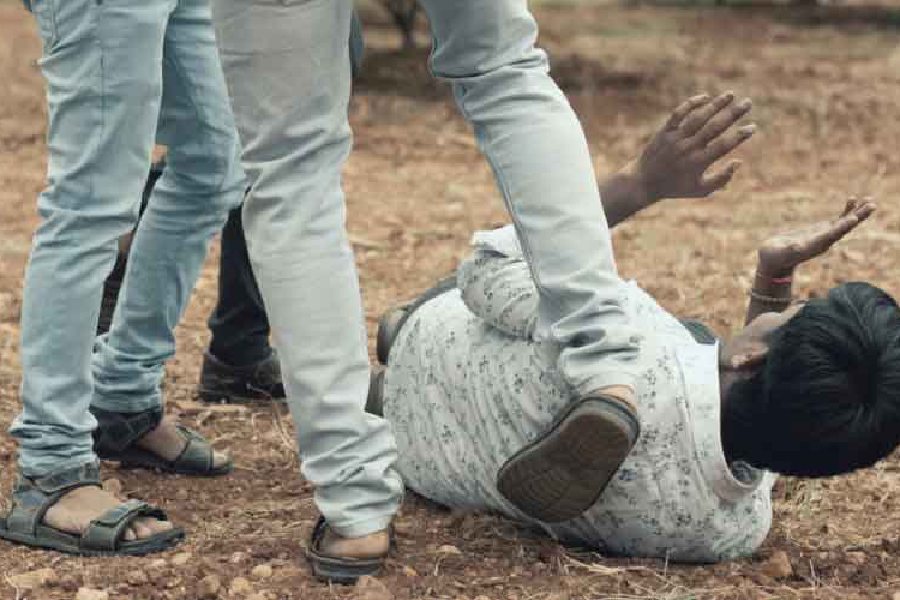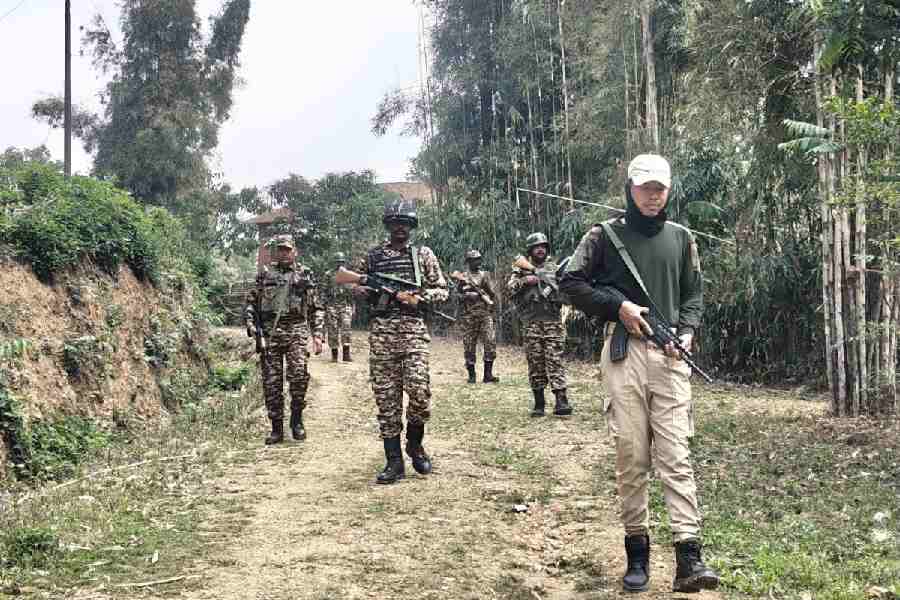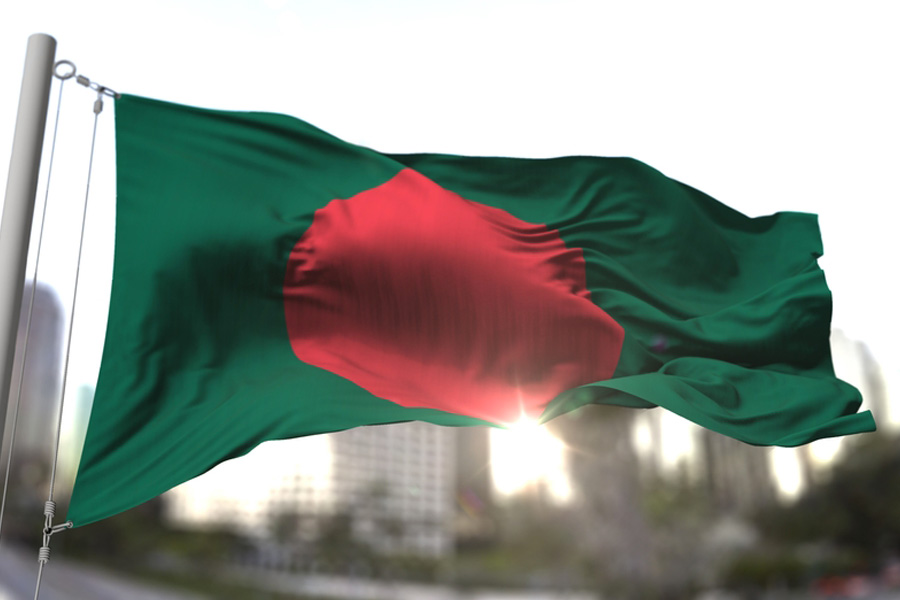 |
And the two princesses lived happily ever after with their Rs 20,000-crore legacy….
Except that in modern times, fairytales rarely have such velvet endings.
For, like the Faridkot royal palace which has been stripped of its golden chairs and silver cutlery, the two-decade battle for its control by the two princesses is not what it seems from the outside.
Else, why would one of them, hailed as a joint-winner after a court freed the royal assets from alleged fraudsters and awarded them to her and her sister, be gearing to challenge the July 25 verdict?
 |
| Amrit Kaur, the elder sister who challenged the will and won |
Because it turns out that the Calcutta-based Maharani Deepinder Kaur, 76, headed the same trust that was accused by the Chandigarh sessions court of forging the late Maharaja Harinder Singh Brar’s will to cheat her and sister Amrit out of his properties.
Rather than jointly fighting the Maharawal Khewaji Trust, made up mainly by the Maharaja’s lawyers and servants and left in sole control of his properties by the 1982 will, the two sisters were actually on opposite sides.
It was Chandigarh resident Maharani Amrit Kaur, 81, who had moved court against Deepinder’s trust in 1992 after the will’s contents were made public following the king’s death in 1989.
The July 25 verdict has now been stayed till September 27 by the Chandigarh district court on an appeal from Deepinder.
 |
| Deepinder Kaur, the younger sister, who heads the trust that lost and has lodged an appeal |
But the sisters could yet be thrown into the same corner of the ring, willy-nilly — and both lose out.
A new twist has been added with Harinder’s nephew Kanwar Bharatinder Singh preparing to invoke an old law that says all of a royal’s ancestral property must go to the family’s eldest male member. In the next round of lawsuits, that “rule of primogeniture” will be pitted against the Hindu Succession Act, which allows a daughter an equal share in her father’s property.
Amid the continuing tug-of-war, many of the properties lie in a shambles, with lawns and gardens overrun with weeds, paint peeling off the walls, the domes and arches crumbling.
Worse, the skeletal staff still present at the Faridkot Palace and the Surajgarh Fort in Manimajra, Chandigarh, say that nothing of value is left inside these two mansions, once replete with luxury furniture, Persian carpets and chandeliers.
Deepinder, who married into the Burdwan royal family, controlled all the estates through the trust and had barred access to everyone else from the family, Amrit’s relatives allege. In the court, the trust was unable to give an inventory of the stuff that was in the palace.
 |
| Amarinder, SON of the nephew and new claimant |
Amarinder, son of Bharatinder who is undergoing hip-replacement surgery, confirmed that the Faridkot Palace had been stripped of its belongings.
“My father told me the palace had a silver cutlery set that could serve over 100 people. He told me about the Bentleys and the hunting trips. The palace was like a resort with swimming pools and gardens…. Nothing is left now,” Amarinder said.
There was a third sister, the unmarried Rajkumari Maheepinder Kaur, who was the trust’s vice-chairperson and drew a monthly stipend of Rs 1,700. She was the first to file a case in 1989 questioning the trust’s functioning. Nobody could recall the specifics of the case.
Maheepinder died under mysterious circumstances in 2001, says Amrit’s side of the family, claiming the body wa
 |
s found at Maheepinder’s home, Kennilworth House, at Mashobra near Shimla.
A trust official, however, claimed Maheepinder died in hospital and that the police dropped their investigation after failing to find any evidence of foul play.
Cousinly contest
One key issue during the expected legal tussle will be whether the Maharaja had inherited the properties from his ancestors or acquired them himself, said Supreme Court lawyer K.V. Dhananjay, who is not connected with the case.
“The trial court’s central finding was that the properties were self-acquired by the Faridkot Maharaja. (But) it is so improbable that he acquired so many forts, palaces and other properties through his self-generated income,” Dhananjay said.
“However, the trial court said no satisfactory evidence was placed before it to show these properties were bequeathed to the Maharaja.”
The court declared the will a forgery primarily because the signature did not match the late king’s and the document was spattered with spelling mistakes despite Harinder being a well-read man.
Dhananjay outlined three possibilities based on an appeal court’s possible decisions on how the properties were acquired by the Maharaja and the authenticity of his will:
If the properties are proved to have been self-acquired by the late Maharaja and the will is proved fake, the Hindu Succession Act would apply and the daughters will gain.
If the properties are proved to have been self-acquired by the Maharaja but the will is proved genuine, the trust will continue to be in sole control of the properties as before.
If the properties are proved to be ancestral, it will be a battle between the Maharaja’s daughters, who will be trying to prove the assets were not subject to the rule of primogeniture, and cousin Bharatinder, who will be trying to establish the opposite.
Dhananjay said the Hindu Succession Act, 1956, states that if the rule of primogeniture over certain properties stood established before the act came into effect, the former would apply.
Documents on the Faridkot royals’ family history, accessed by this newspaper, reveal that no woman has ever been handed over the properties in the past 370 years. “The Maharaja himself was the beneficiary of the rule of primogeniture. He had no right to write any wills (relating to the purported ancestral property),” claimed Amarinder.
He said the rule of primogeniture was “preserved by the Article Covenant signed between the Centre and the ruler of Faridkot when the state ceded its territory to India on May 5, 1948”.
But Chandigarh additional civil judge Rajnish K. Sharma, delivering the July 25 verdict, wrote: “The Maharaja had submitted a list of his properties, which was accepted by the Union government, and these properties were deemed ancestral as well as individual properties, subject to the law of inheritance under the law of the land — the Hindu Succession Act. Hence, such inheritance cannot be governed by primogeniture.... The rule (of primogeniture) is feudal and violative, not only of the Constitution but also of the Hindu Succession Act. It is discriminatory as it excludes females from inheritance.”
All in dozens
Harinder, who took over the royal title at 18, and wife Narinder were known for their lavish lifestyles, long Europe tours and splurges at Harrods in London where the Maharani bought basketfuls of perfumes and never took back change.
The Maharaja, a collector of khaki suits, cars, motorcycles and aircraft (he apparently bought nine), used to buy a dozen of everything. According to legend, when he first saw a dishwasher at Harrods, he ordered 12, triggering a strike in the palace by the masalchis (dishwashing boys) who feared for their jobs. The king was forced to junk the machines before they had been unpacked.
The pets had it good, too: the royal tailors in Faridkot were flooded with huge orders for dog coats before every winter.
Amarinder, asked if he was willing to share the properties with his aunts, said he might if they came to him for an amicable out-of-court settlement.
“I will be open to a discussion but I would reiterate that my father is the rightful owner of the properties.”
He said there was no dearth of affection between him and his aunts despite the impending court battle.
“I’m in touch with my aunts and am very cordial with them. This legal battle is nothing personal. If the Maharaja’s son were alive, he would have been the rightful owner of all the properties.”
Wills I and II
The 1982 will — which cut off not only the Maharaja’s three daughters but also his wife Narinder and mother Mahinder — was drawn up a year after Harinder’s only son, Tikka Harmohinder Singh, died of liver failure. The Maharaja went into depression and the trust managed all his properties.
Harinder had made an earlier will in 1952, which bequeathed some flats, land and savings bonds to Harmohinder, Deepinder and Maheepinder but said nothing about the forts and other property that are now the subject of court battle and which Amarinder says are ancestral. The 1952 will, which no one challenged, had left out Amrit.
This apparently happened after Amrit married Harpal Singh, an IPS officer, in 1951. Harpal, now 90, retired as director-general (vigilance) of the Haryana State Electricity Board.
When The Telegraph visited the family in their Sector 11 house in Chandigarh, Amrit’s daughter Gurvinder, 51, said her mother was too distraught to talk to the media.
“The trust made out that my grandfather had disinherited my mother because she married against his wishes. This is untrue. We have presented in court reams of letters that they exchanged long after her marriage,” said Gurvinder, former additional advocate-general of Punjab.
Slammed door
When The Telegraph visited Deepinder’s two-storey bungalow — under the shade of a tree and overlooking a sprawling lawn and a lake in the compound of the Burdwan Maharaja’s Palace in Alipore, Calcutta — she had a servant shut the door on the correspondent’s face.
Deepinder’s son Jaichand Mehtab, trust vice-chairperson, too refused comment. After ignoring several text messages, Deepinder provided this newspaper access to a trust official who spoke on the condition of anonymity.
The official said the trust had been set up in 1951 in London and claimed that since then, Harinder’s three daughters had been receiving grants in pounds.
“Even Rajkumari Maheepinder used to receive grants till she died. She retained several servants and had a chauffer-driven car…. How else could she have done that?” the official asked.
Amrit’s family said she had never received any money from the trust. The Chandigarh court judgment says the trust was “formed” by the 1982 will.
The trust official said the trust ran the Balbir Hospital in Faridkot, “spending around Rs 10 lakh a month”, and provided free medicines to patients, who could register for Rs 2.
The trust’s income came mostly from renting out some of the properties. The sessions court said the trust’s deed had no provision to explain how the income was to be utilised.
The trust official denied that Deepinder had “refused” the rest of the family access to the properties, saying: “No one from the family approached her.”
faridkot riches
According to the Chandigarh sessions court judgment. The figures in brackets after the properties’ values indicate the year the valuation was done
 |
| (From left) The Quila Mubarak, the Surajgarh Fort and Faridkot House in New Delhi. Pictures by Prem Singh |
Raj Mahal, Faridkot
Sprawls 14 acres and has 37 rooms, a swimming pool for children, a
gurdwara and a hall of paintings. Built in 1855. Once had over 700 employees. Estimated to be worth Rs 88 lakh (1981)
Quila Mubarak, Faridkot
Sprawls over 10 acres and used to house government offices until the trust got these vacated in 2004. It has a hall of mirrors, a gurdwara, a durbar hall complex and a dargah. Valued at Rs 99 lakh (1982)
Woods and fields, Faridkot
Over 7,000 acres of forestland and 3,000 acres of farmland. The maharaja set up a country club in the forest and stayed there occasionally
Faridkot House, New Delhi
This building in Copernicus Marg is now leased to the central government for a monthly rent of Rs 17.5 lakh, and houses the National Human Rights Commission office. Valued at Rs 1,250 crore (2004)
Surajgarh Fort in ManiMajra, Chandigarh
Sprawls over 4 acres and is 350 years old. It was leased to the city and was supposed to be converted into a tourist destination but court cases stopped work. Valued at Rs 2 crore (1992)
Faridkot House, Mashobra, Shimla
A 260-bigha estate with five cottages, three of which have been destroyed in fires over the years. Valued at Rs 40 lakh (1992)
Faridkot House II
In Delhi’s Diplomatic Enclave. Valued at Rs 22 lakh (1992)
Okhla industrial plot, Delhi
Worth Rs 16 lakh (1992)
Riviera Apartment, The Mall, Delhi
Worth Rs 9 lakh (1992)
Hotel plot, Chandigarh
Worth Rs 1 crore (1992)
Airfield, Faridkot
Spans 200 acres. The four royal aircraft in the hangar are in a poor state
Vintage cars
Some 19 vintage cars, including a 1929 Rolls Royce, 1929 Graham, 1948 Bentley, Jaguar, Daimler and a Packard. Many of them are parked at the various properties and some can apparently be seen on Chandigarh’s streets from time to time. Other movable properties include tractors, motorcycles and a battlewagon
Deposits
Jewellery worth nearly Rs 1,000 crore in a Mumbai bank










